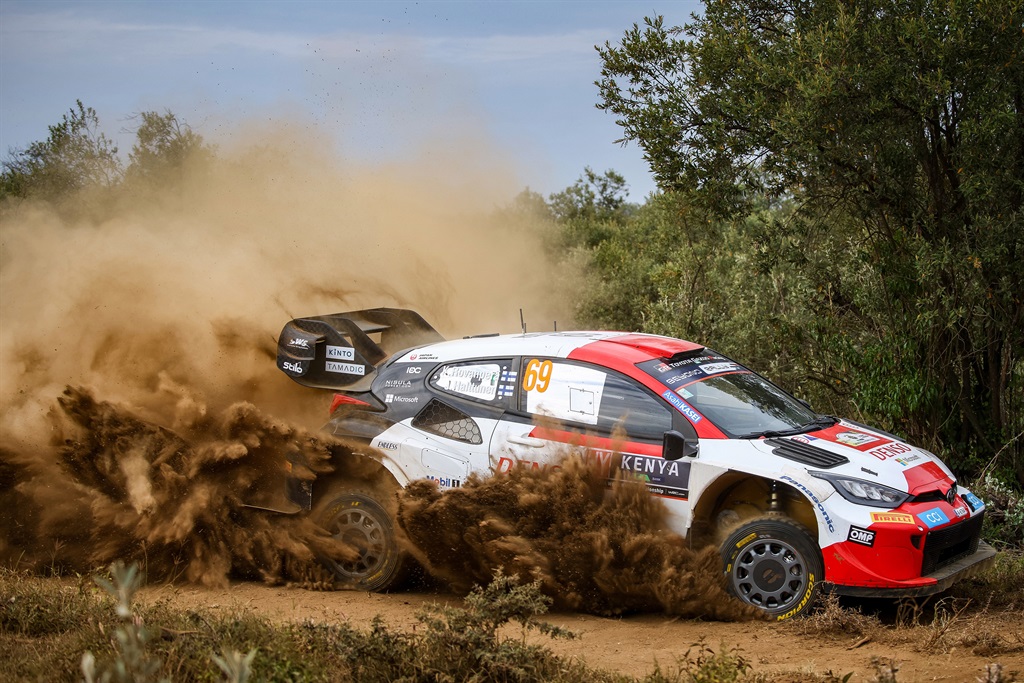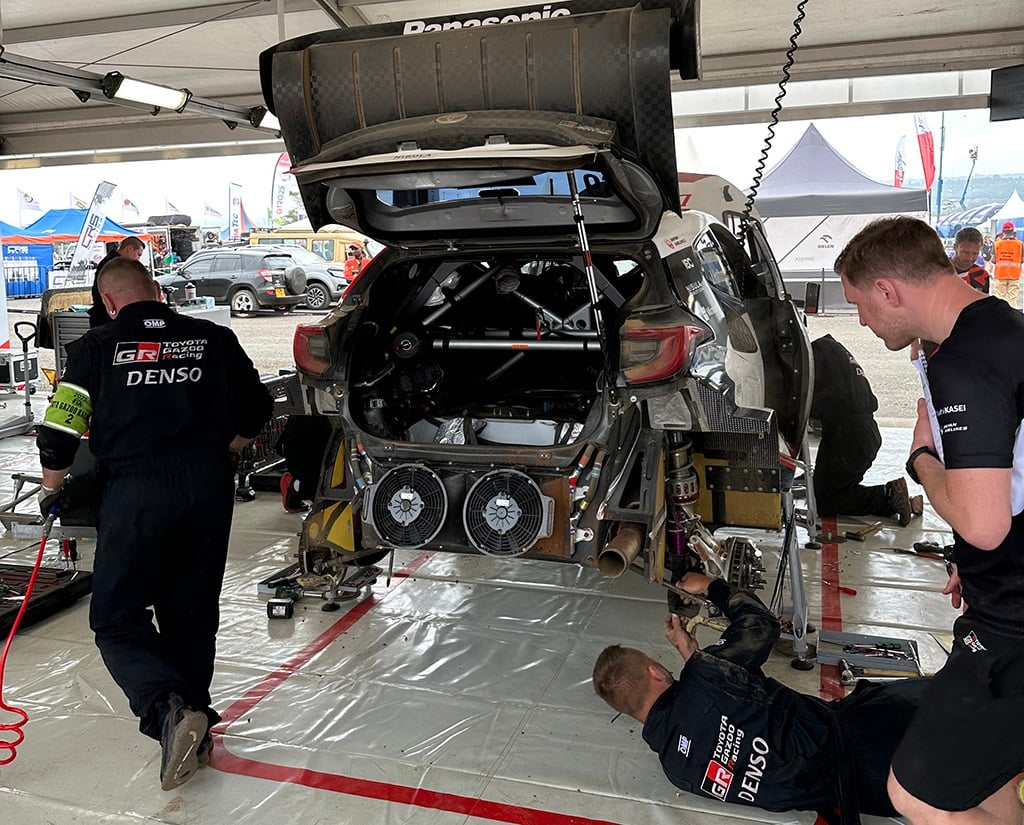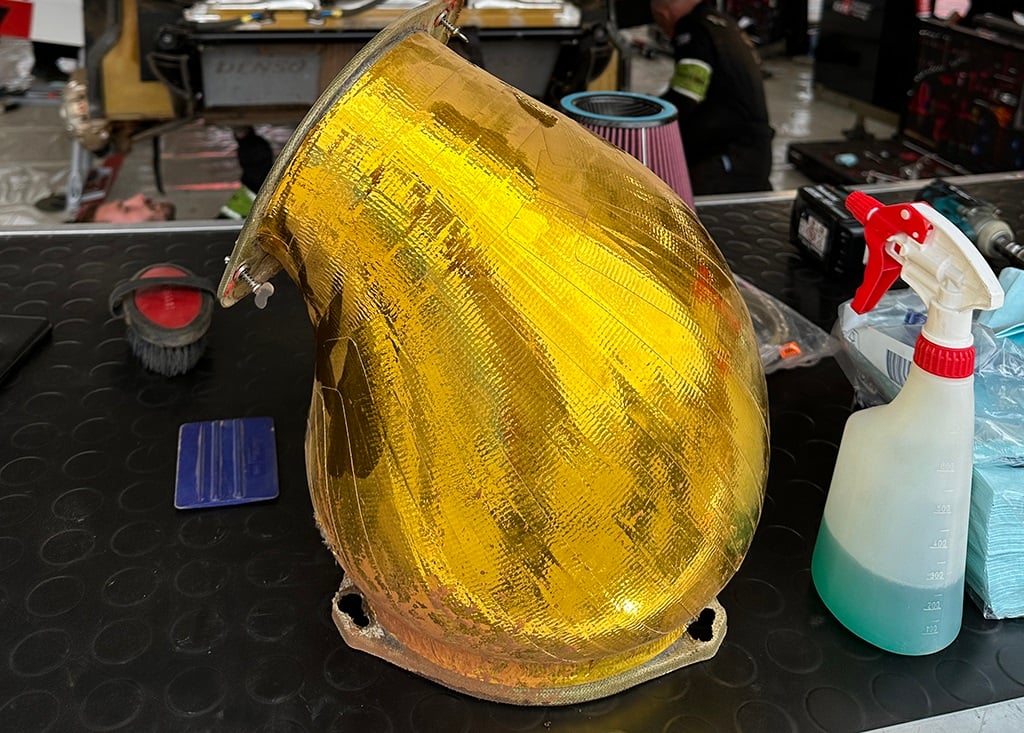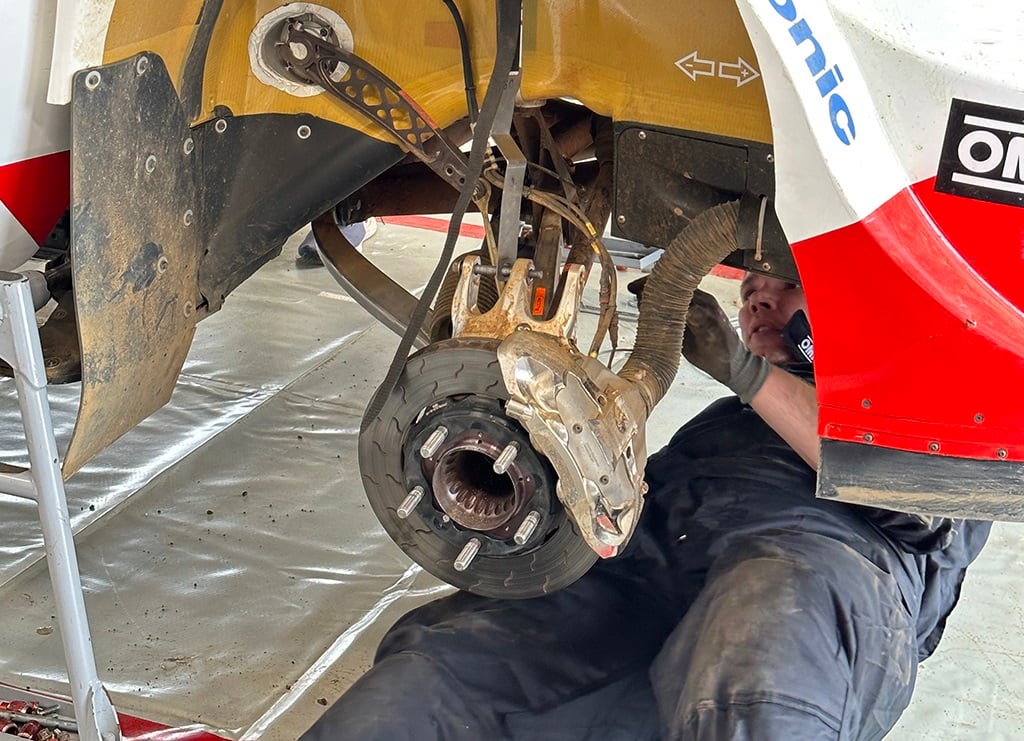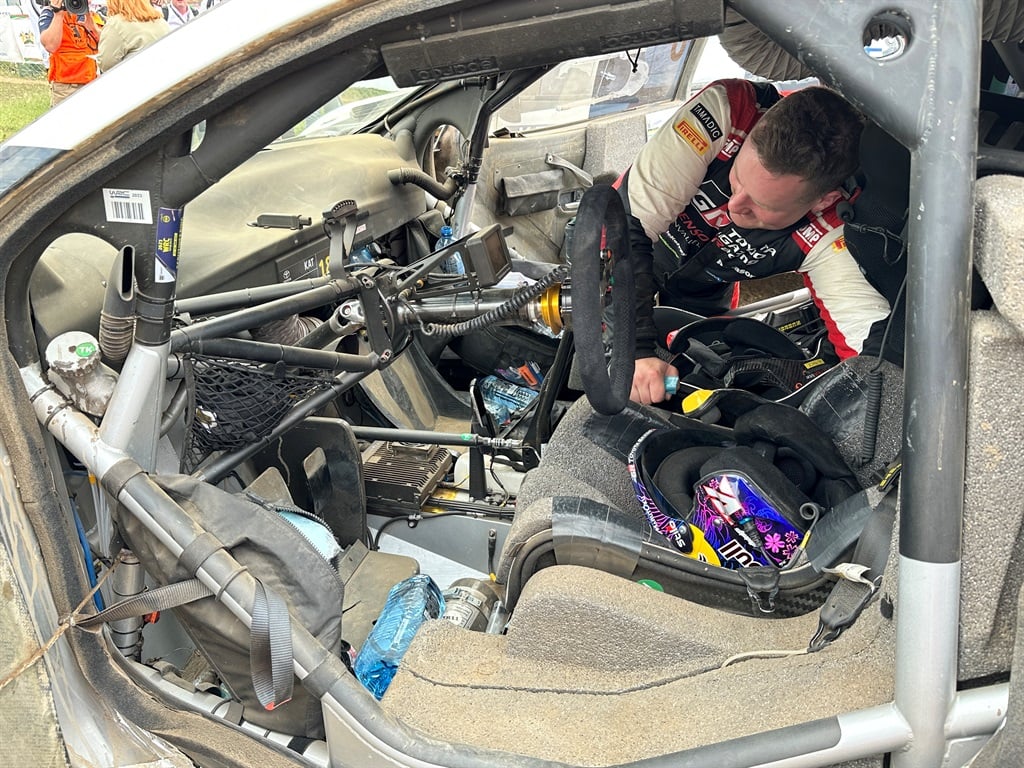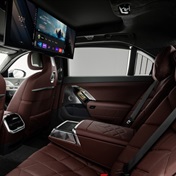- The latest World Rally Championship (WRC) cars represent the pinnacle of motorsport technology.
- These cars run on bio-ethanol and produce almost 300kW.
- The Safari Rally in Kenya is back on the WRC calendar and celebrated its 70th anniversary this year.
Toyota Gazoo Racing World Rally Team (TGR-WRT) has achieved an incredible clean sweep of the top four positions on Safari Rally Kenya for the second year in succession: Sébastien Ogier winning the epic African event ahead of teammates Kalle Rovanperä, Elfyn Evans and Takamoto Katsuta.
TGR-WRT remains unbeaten on the most brutal round of the FIA World Rally Championship since it returned to the calendar in 2021. The 1-2-3-4 finish comes 30 years to the month since Toyota first recorded such a result in Kenya with the Celica ST185, something it repeated with the GR Yaris Rally1 Hybrid in 2022.
A recent trip to the World Rally Championship Safari Rally Kenya was a great opportunity to see and hear the latest WRC cars in action. During midday service, it also allowed me to get up close and personal with the Toyota GR Yaris Rally1 Hybrid as technicians battled the clock to get their cars ready for the next round of stages on the notoriously rough Safari rally.
The Safari Rally is arguably the toughest event on the calendar and sees teams race flat out across rough African gravel that is littered with rocks and extremely fine dust while dodging Zebra and Giraffe. While these cars are extremely well built, the Safari Rally and its African conditions really test their durability to the maximum.
During the 40-minute service, the team will go through the entire car and replace several service items, such as filters and brakes. At the Safari Rally, all four corners, including wishbones and shocks, are entirely replaced with refurbished units as preventative maintenance.
The suspension layout has been somewhat simplified and now uses Reiger Macpherson struts front and rear with 270mm of damper travel. Brakes measure 300mm on gravel events and 370mm on tarmac events.
The team will replace anything that is damaged ever so slightly, including subframes and bodywork, such as bumpers, wings, mirrors and aero pieces.
"At the Safari Rally, we changed more parts than at any rally - Takamato Katsuta had a small front impact, and we changed everything on the front suspension, including the subframe, uprights and things like that. It is such a tough event, and you can't take any chances," said Toyota Gazoo Racing WRT team principal Jari-Matti Latvala.
Composite engineers form part of the team and can be seen furiously readying and repairing parts for the next round of servicing.
Embracing hybrid technology
The latest generation Rally1 Hybrid vehicles represent the biggest technology shift in the sport from a previous category since the end of the Group B regulations.
These cars still use 1.6-litre turbocharged engines, just like their predecessors did, but they are now paired with an FIA-controlled hybrid unit.
The hybrid unit is located in a specially designed carbon fibre box that is built into the roll cage behind the driver and navigator. The 3.9kWh battery coupled to a motor generator unit offers 100kW and 180Nm and is twice the size of those used in Formula One.
The system is designed to withstand forces of up to 70Gs, is liquid-cooled and features its own radiator, which is passively cooled. The Yaris boasts a huge radiator and twin fans behind the rear bumper for this reason.
Naturally, the teams are also trying to add as much airflow to the package, and the exit of this air is designed to create an updraft of air behind the car. Everyone likes free downforce. Aero development has been somewhat curtailed, but the cars still feature large rear wings, vents and canards that aid downforce front and rear, as well as flat underbodies that are also designed to protect sensitive engine and drivetrain components. The addition of the hybrid system has added around 100kgs to the car, which now tips the scales at 1 260kg.
The cars remain four-wheel drive, but no longer feature an active central differential and now use five-speed gearboxes with mechanical shift. The hybrid motor mates to the prop shaft via a constant mesh gear, which deploys the hybrid power to all four wheels.
The batteries are charged in the service park, and the cars travel on full electric power on the open sections of the rally. The system also features regenerative braking, which charges the battery when the driver lifts off the throttle or applies the brakes. A by-product of this is pops and bangs that will make your local popcorn tuners jealous, but do ensure that these new rally cars sound incredible during full attack mode as they are either full throttle or popping and banging as the regeneration kicks in.
The Rally1 Hybrid system is energy limited. This means that crews have to plan their use of full power carefully. After a certain amount of energy is used, the system will stop boosting, and the driver will either have to lift off enough or brake enough to recover around 30 kilojoules of energy, returning the system to a mandated level before the driver can use full power again. The power is delivered based on different maps that the FIA will load onto the hybrid system, depending on the surface being raced on.
This has been done to level the playing field and force drivers to decide when they can go flat out and use all 100kW that the hybrid system offers or when they need to be more conservative.
While these new rally cars most certainly still sound angry, just like rally cars should, they don't emit any of the smells or emissions that their predecessors used to. This is because they run on 100% sustainably sourced bio-ethanol. While these fuels burn cleaner and are kinder to polar bears and turtles, it also offers benefits for the teams.
This bio-ethanol has an octane rating of around 110, which is quite a bit more than the fuels that were used previously and makes it easier for the teams to tune their turbocharged engines to make massive amounts of power, with peak power now peaking at around 275kW. A by-product of this move is that these cars are showing hope for internal combustion engines, given that these fuels burn cleanly and can be produced from any organic plant material.
Limited time for repairs
The service team is only allowed to work on cars for a certain period of time per day. Outside of that allocated time, it is up to the drivers to keep the vehicles in good working condition.
Drivers and co-drivers receive mechanical training to be able to fix things out on stage or during road sections. They carry tools and parts on board to change steering arms, damper settings, ride height and tyres, and repair critical items like radiators.
The interior of a modern-day rally car is also a busy place. The steering wheel features buttons for controlling functions, such as the wipers and washer, hybrid system, launch control, lights and onboard computer.
On an event like the Safari Rally, drivers can spend more than eight hours in the car. In the Toyota GR Yaris Rally1 Hybrid, the driver and navigator are seated in OMP, personalised with foam inserts to ensure an extremely snug fit. With no air conditioning, driver comfort is limited to a Camelbak drinking tube attached to their shoulder belt and a zippered compartment to store some personal items, such as fresh fireproof balaclavas.
A bright future for motorsport and ICE engines
The latest generation World Rally Championship cars, such as the Toyota GR Yaris Rally1 Hybrid, represent the pinnacle of motorsport and technology.
It is remarkable that the teams and governing body have been able to retain performance while moving towards sustainability with technology that could trickle down to road cars in the future and even result in a prolonged future for internal combustion engines.




 Publications
Publications
 Partners
Partners





